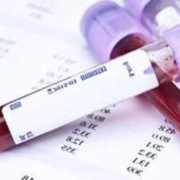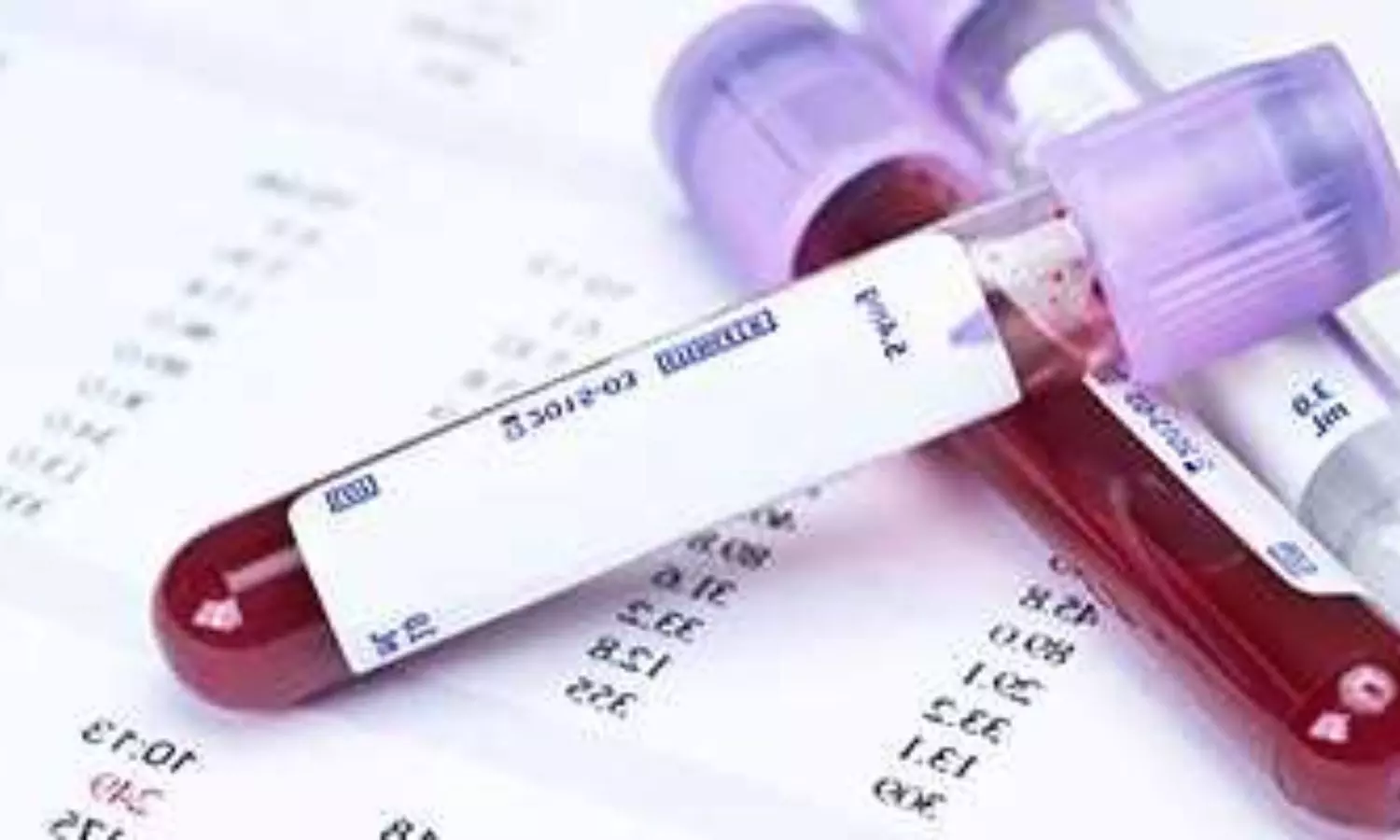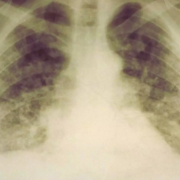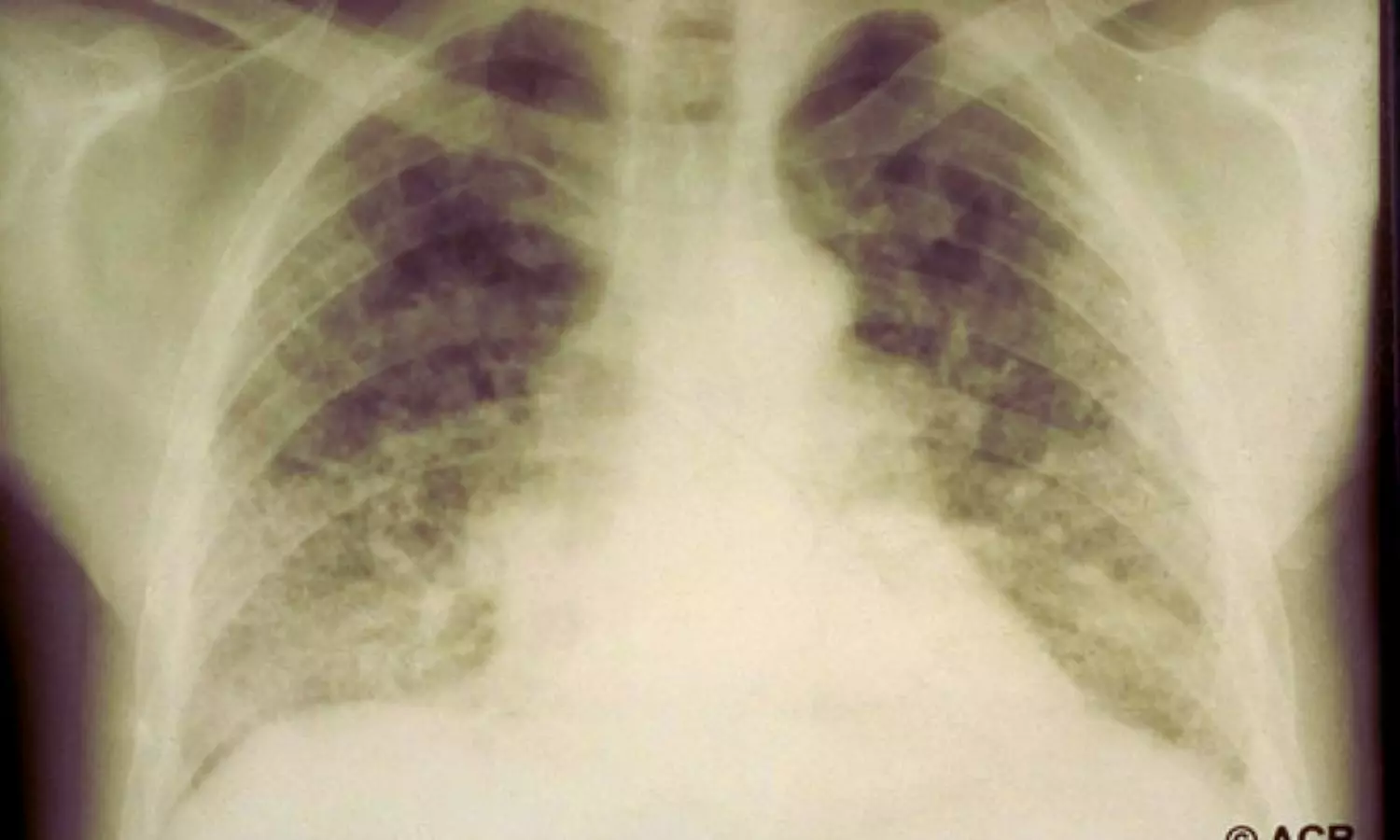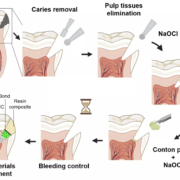KIMS Hospital unveils state-of-the-art stroke centre

Bhubaneswar: Kalinga Institute of Medical Sciences (KIMS) recently announced the grand opening of its new comprehensive Stroke Center, providing the region with cutting-edge resources to combat the devastating effects of stroke. The center offers a dedicated team of stroke specialists, the latest in diagnostic and treatment technologies, and a commitment to rapid, patient-centered care.
“Stroke is a time-critical medical emergency, these patients need to reach the hospital within 4 and half hours of stroke, to prevent maximum damage to the brain,” said Dr. Santosh Ku Dash, Associate professor and head of Neurology, KIMS. This new Stroke Center ensures our patients have access to the most advanced care available, delivered by experts who understand the urgency of stroke treatment. With every minute saved, we increase the chances of a positive outcome.”
The KIMS Hospital Stroke Center offers a full spectrum of advanced stroke care. This includes 24/7 access to stroke specialists, rapid diagnostic imaging (such as CT scans and MRIs), timely administration of clot-busting medications, and minimally invasive clot removal procedures when necessary. Patients also benefit from a specialized stroke unit with expert care and comprehensive rehabilitation programs focused on regaining function and independence.
“The opening of this Stroke Center is a major step forward for healthcare in Odisha. We’re proud to offer this vital service, giving stroke patients the best possible chance of recovery. We extend our sincere gratitude to Dr. Achyuta Samanta, founder of KIIT, for his unwavering support in making this a reality. KIMS Hospital is a leading healthcare provider in Odisha, committed to delivering exceptional medical care across a wide range of specialities.
Powered by WPeMatico


